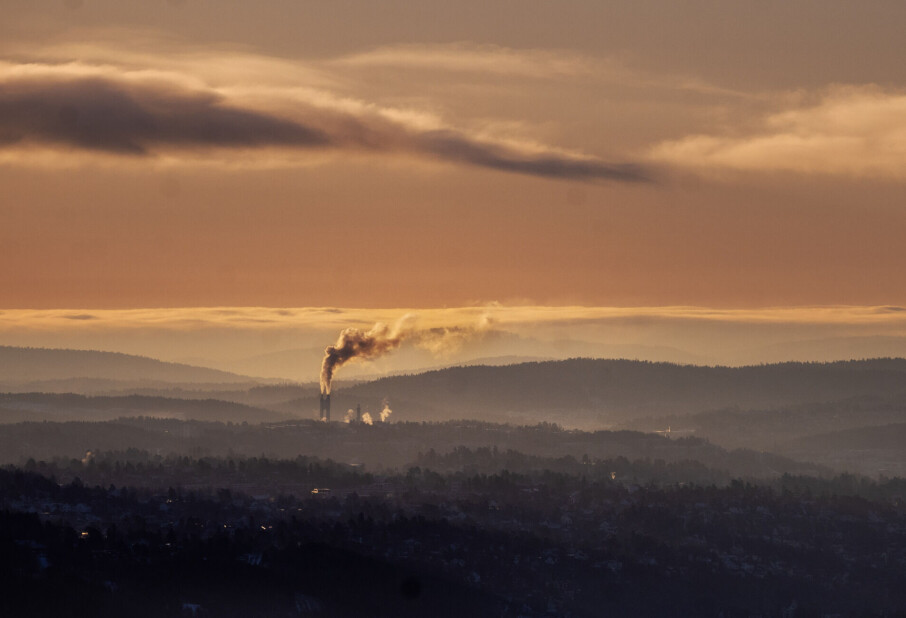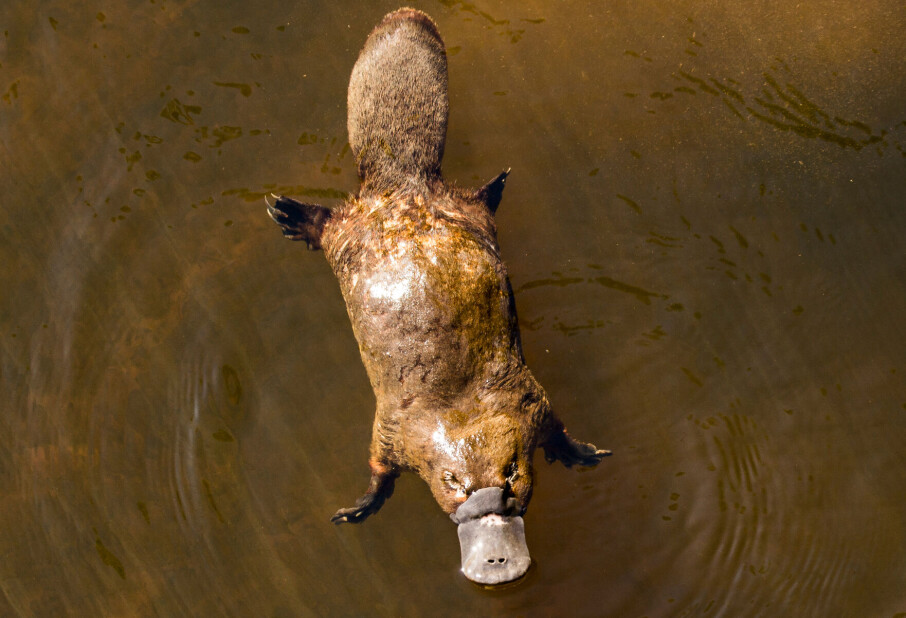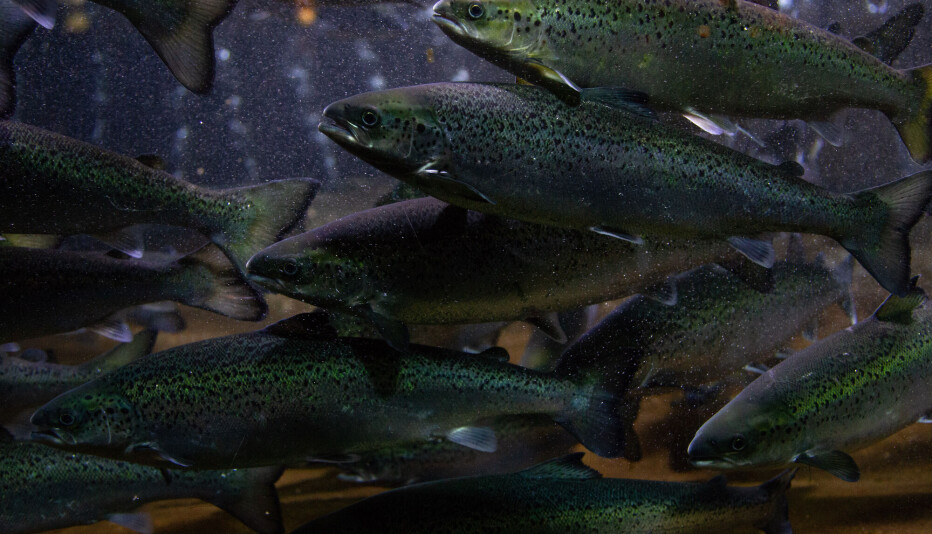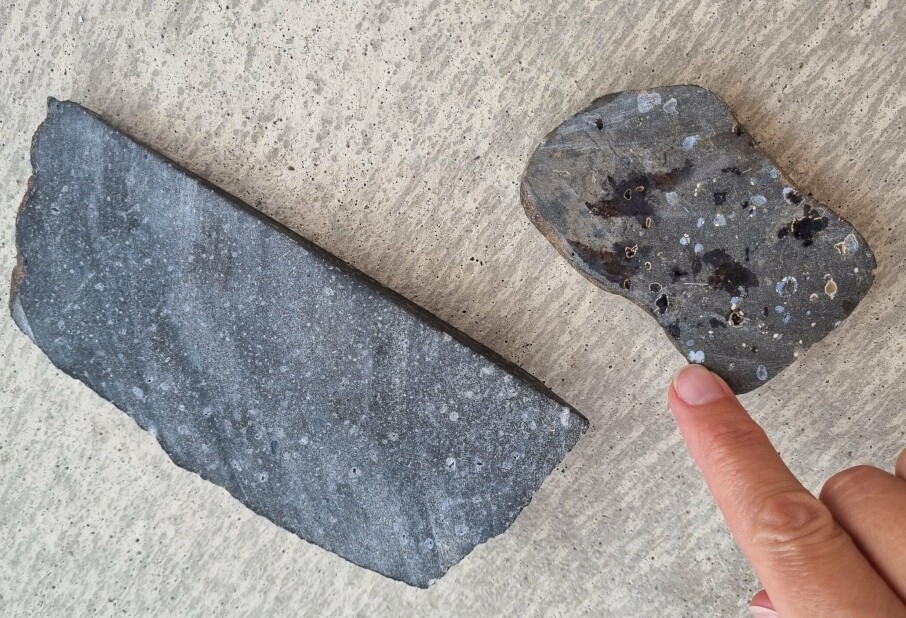THIS CONTENT IS BROUGHT TO YOU BY Nofima The Norwegian Institute of Food, Fisheries and Aquaculture Research - read more
This is how temperature affects a salmon's health and growth
Salmon reared at different temperatures developed as expected – until they were transferred to seawater, when one group surprised the researchers.

The researchers investigated how temperature affects the health and development of salmon throughout its lifecycle.
The reason is that temperature regulates much of the biology in fish. It affects behaviour, physiology, health, welfare, and growth.
Before salmon undergo smoltification – or adapts to life in seawater – temperature is a highly effective tool for managing growth rates.
Are high temperatures negative?
In recent years, there have been growing concerns that the temperatures used during rearing may be too high.
Possible negative consequences can be poor heart health. It has also been claimed that fast-growing parr (juvenile salmon) may not thrive after being transferred to seawater.
The industry wants answers to this, and the researchers have now investigated it.

“There was a lack of long-term experiments assessing the effects of temperature from smolt to harvest. We needed this to determine whether high temperatures early in life would impact salmon growth and health later on,” says researcher Anja Striberny.
Striberny and her colleagues set up the experiment at Nofima’s aquaculture research station on the west coast of Norway.
There, the conditions are ideal for experiments with small and large salmon in environments with different water qualities.
This was the experiment
Atlantic salmon were followed from 10 grams to the smolt stage at up to 200 grams. Different groups were reared in water at 8, 12, or 14 degrees Celsius.
To make the experiment as relevant as possible for the industry, the researchers tested the different temperatures both in flow-through systems and in systems with recirculated water (RAS).

Once smoltified, the fish were sent to the seawater facility at Gildeskål in Northern Norway.
Throughout the trial, the research team measured, weighed, sampled, and documented both external and internal health and welfare status.
Most findings were as expected, except for one
- All fish developed good seawater tolerance.
- In all groups, changes in day length influenced smolt development. This supports previous findings that day length may be more important than temperature for smoltification.
- Survival in seawater was high in all groups.
- Not surprisingly, fish kept at higher freshwater temperatures were significantly larger at transfer to seawater. The average weight for the 14-degree group was 140 grams, while the fish from the 8-degree group weighed only 70 grams.
What did surprise the researchers, however, was that during the sea growth phase, fish from the higher temperature group continued to grow faster than those from the lower temperature groups.
Some negative health effects
It remains unclear if this is due to a higher growth rate during smolt production or simply a higher body weight at transfer to seawater.
But growth and survival are not everything, and the researchers are still analysing tissue samples to look for ‘invisible’ effects.
Based on external welfare indicators, there were only minor differences between the groups. But the negative tendencies observed in fish kept at higher temperatures are important to highlight.
There was a tendency for mild cataracts at the end of the seawater phase, and the hearts were slightly smaller than in other fish. Smaller hearts were also seen in fish reared in recirculated water.
The goal is robust fish
Head of research at the Norwegian Seafood Research Fund, Sven Martin Jørgensen, emphasises that these results must be seen in connection with other findings and recommendations from research area 'Robust Fish.'
When more recommendations are ready, it will be important to compile the results, he says.
“So that the aquaculture industry can gain updated knowledge about which early production conditions produce a farmed salmon with the best possible health and performance,” says Jørgensen.
Superior quality
The main objective of salmon farming is food production, so the researchers also investigated whether early rearing conditions could affect the final product.
“Interestingly, the 12- and 14-degree groups showed a higher proportion of fish with superior quality, with a tendency towards more intense fillet colour,” says Striberny.
In summary, the results from conventional smolt production between 10 and 200 grams show that temperatures up to 14 degrees are in themselves unproblematic. Such temperatures may even be advantageous for long-term performance.
However, a word of caution for those who believe higher temperatures guarantee rapid growth in salmon:
“We only manipulated temperature in this trial. Density and water quality were kept well within recommended levels, and changes to those parameters could produce different results,” says Striberny.

This content is paid for and presented by Nofima The Norwegian Institute of Food, Fisheries and Aquaculture Research
This content is created by Nofima's communication staff, who use this platform to communicate science and share results from research with the public. Nofima is one of more than 80 owners of ScienceNorway.no. Read more here.
More content from Nofima:
-
Study: Omega-3 and zinc is a powerful duo for salmon
-
Fish may turn yellow if frozen too fresh
-
Is it better if food is packaged in plastic or paperboard?
-
Researchers make healthy salmon feed from polluting CO₂
-
Researchers have found the cause of kidney stones in rainbow trout
-
Salmon have 48 hours to defeat sea lice




































